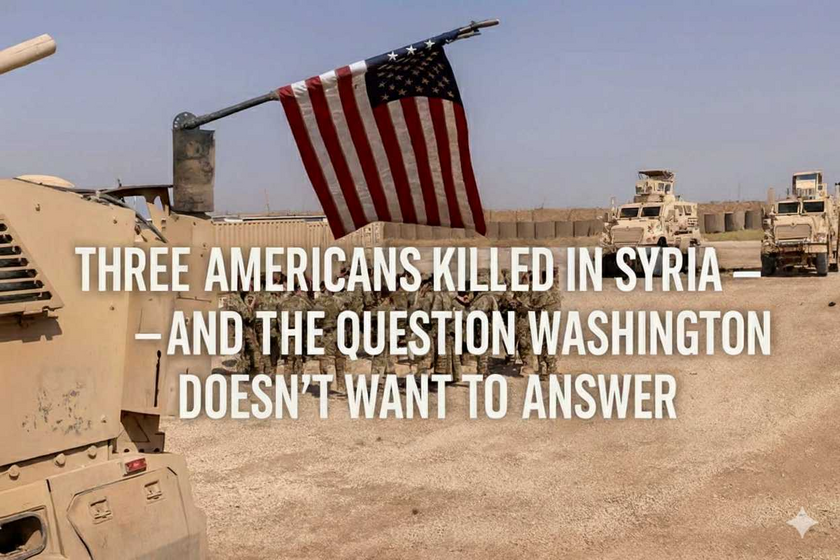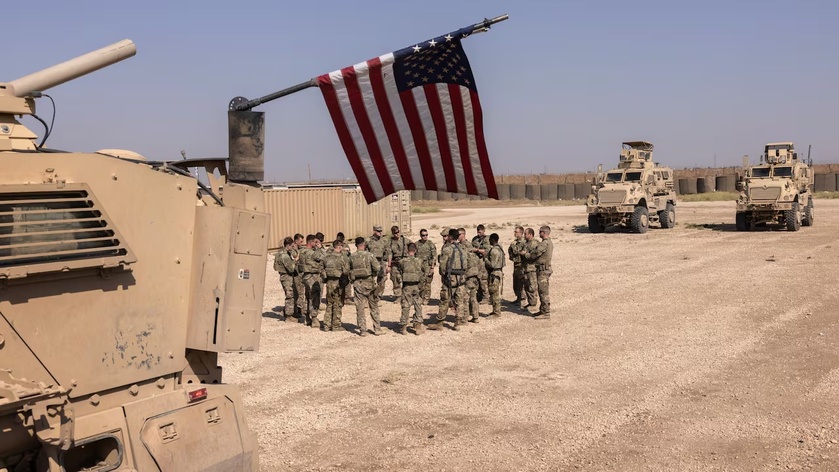1. Iran's Air Defense Exercises
Iran conducted another air defense drill on January 12, focusing on areas near its nuclear facilities in Arak and Fordow. This marks the second such exercise in recent days, likely reflecting Tehran's fears of potential airstrikes on its nuclear program. While the drills featured various air defense systems, analysts note that these systems are inferior to U.S. and Israeli capabilities.
Also, Iranian authorities claimed to have added more than 1000 new long-range drones with "stealth capabilities" to their arsenal in recent weeks.
2. Tensions in Judea and Samaria
The Palestinian Authority (PA) has made a notable shift by publicly condemning Hamas, vowing to prevent any Hamas-led efforts to incite conflict in Judea and Samaria. Historically, while the PA and Hamas have been political rivals, the PA often avoided directly criticizing Hamas, particularly during periods of heightened conflict with Israel.
This change in tone is likely tied to the IDF’s recent operations in Gaza, which have decimated Hamas’ military and political infrastructure. The PA sees an opportunity to distance itself from Hamas, portraying the group as a proxy for Iran and blaming it for the destruction in Gaza. By emphasizing Hamas’ failures and its ties to Tehran, the PA aims to bolster its legitimacy as a more stable and responsible governing authority, seeking to regain favor with the international community and Arab states.
This strategic pivot reflects the shifting power dynamics in the region and the PA’s efforts to reassert control and authority in Palestinian territories.
3. Regional Military Activities
- Syria: Turkey escalated attacks on U.S.-backed Syrian Democratic Forces (SDF), including drone strikes and airstrikes along key frontlines.
- Gaza Strip: The IDF has cleared 40% of militia infrastructure in Beit Hanoun as part of ongoing ground operations to thwart indirect fire attacks on southern Israel.
- Lebanon: Along the border, IDF forces conducted strikes and issued evacuation orders for several villages in southern Lebanon.
4. Broader Regional Dynamics
The Houthis claimed a drone and missile attack on the USS Harry S. Truman in the Red Sea, marking their second such claim in less than a week. Meanwhile, the Jordanian military clashed with smugglers along the Syria-Jordan border, underscoring ongoing security challenges.
These developments underscore the continued volatility across multiple fronts in the Middle East. For more details and interactive maps, check out the full report from the Critical Threats Project and the Institute for the Study of War.
















